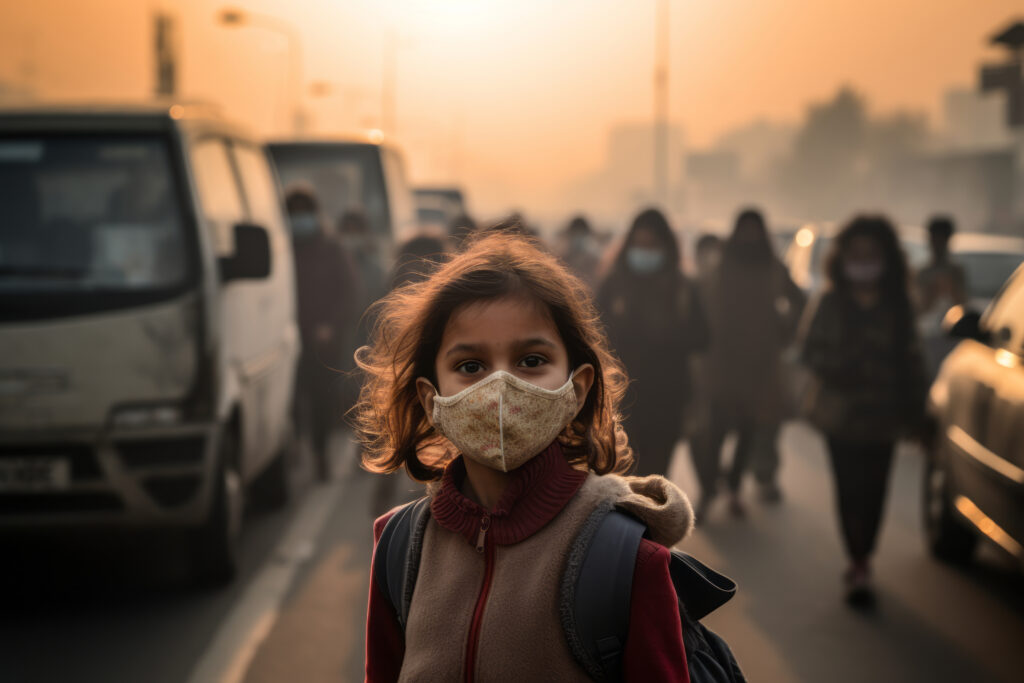
Introduction – Delhi Pollution Levels Spike
Delhi, India’s capital, is once again under a thick blanket of smog. As air quality index (AQI) levels hit hazardous zones, residents are grappling with the health impacts of this annual environmental crisis. This issue is not just about discomfort but also a public health emergency requiring immediate attention.
The Alarming AQI Levels – Delhi Pollution Levels Spike
The AQI in Delhi has consistently crossed 400 in several parts, a range considered “severe.” This puts millions at risk of respiratory diseases, especially children, the elderly, and those with pre-existing conditions.
Primary Causes of Pollution in Delhi
- Vehicular Emissions: With over 11 million vehicles on the road, traffic is a significant contributor to Delhi’s deteriorating air quality.
- Crop Stubble Burning: Farmers in neighboring states like Punjab and Haryana burn crop residues during the winter season, adding to the toxic mix of pollutants.
- Industrial Emissions: Factories on the outskirts of Delhi release harmful gases into the air.
- Construction Dust: Rapid urbanization has led to unchecked construction activities, creating dust clouds.
Government Measures – Delhi Pollution Levels Spike
To combat the crisis, the government has implemented several steps:
- Graded Response Action Plan (GRAP): GRAP outlines measures based on AQI levels, such as halting construction activities and banning diesel generators.
- Odd-Even Rule: This traffic regulation allows vehicles with odd and even license plates to operate on alternate days.
- Public Awareness Campaigns: Authorities are encouraging carpooling, public transport, and avoiding outdoor activities.
External Source: The Times of India has extensively covered these interventions. They mentioned the implementation of measures under the GRAP, and how pollution monitoring is affecting daily life. You can read their latest updates here.
Health Tips for Residents
- Use N95 masks to filter out pollutants.
- Install air purifiers at home.
- Consume foods rich in antioxidants, like fruits and green tea, to strengthen your immunity.
- Avoid outdoor exercise during peak pollution hours.
Long-Term Solutions
While immediate actions are crucial, long-term strategies are the need of the hour. These include:
- Shifting to renewable energy sources.
- Investing in electric vehicles and public transport infrastructure.
- Strengthening policies to control industrial emissions.
Conclusion
Delhi’s air pollution crisis is a recurring problem that demands sustained efforts from both authorities and citizens. By adopting a collective approach, the city can hope to breathe clean air in the future.
Click to read more articals
